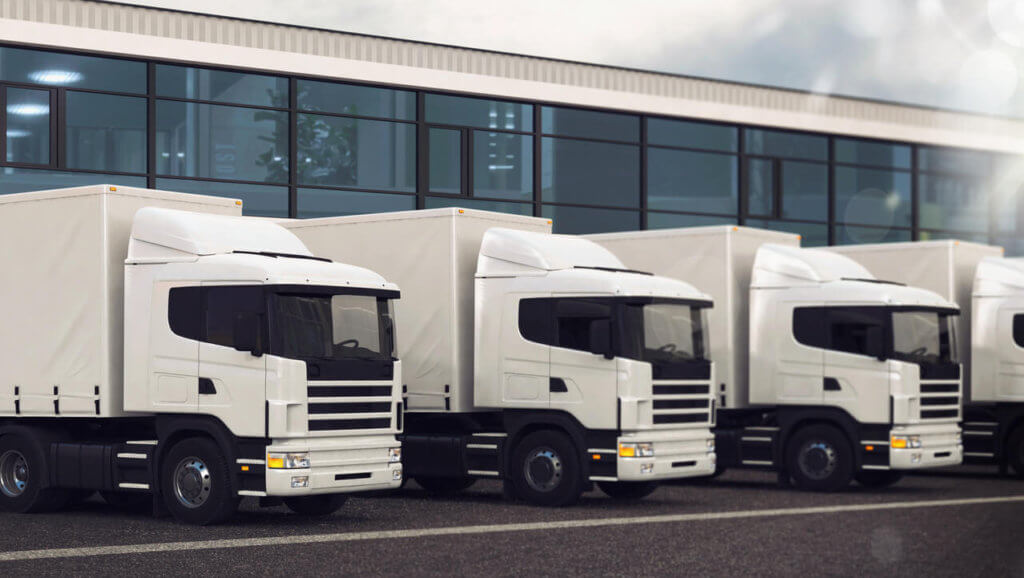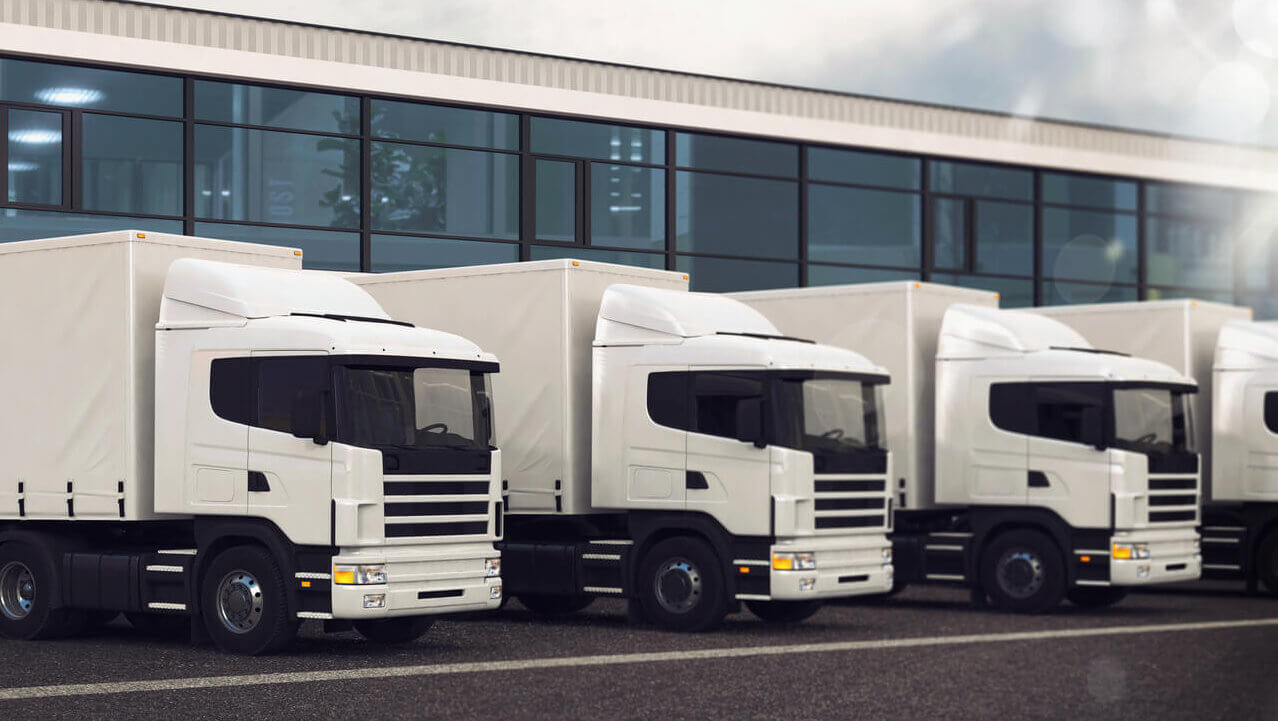What is Fleet Telematics
One of the top users of Telematics happens to be the Fleet Management industry. Telematics helps Fleet management companies track vehicles, optimize vehicle usage, track other related assets, and increase assets’ longevity.
The Fleet Telematics system includes multiple telecommunication devices for collecting data (e.g., Vehicle Position) and then feeding the day to a centralized computing system. The data is then analyzed to arrive at metrics of use to the Fleet Management Company.
Some of the insights that are of interest to fleet management companies are Vehicle Position, Engine Diagnostics, Driver behavior, trip quality, and vehicle activity.
Now let us look at some of these critical applications of Fleet Telematics in detail.
Top Telematics Uses in Fleet Management
The top applications of Telematics in Fleet Management are:

- Effective tracking of Vehicles and Assets
- Overseeing of Driver Behavior
- Planning of best routes for trips
- Tracking and managing fuel efficiency
- Monitoring of Vehicle Diagnostics
Now let us talk about all these applications in detail.
Telematics for Effective Tracking of Vehicles
Tracking Vehicles is the most fundamental uses of Telematics.
A company dealing with a fleet management system typically wants to know where each of its vehicles is at a given time. This data helps the company plan trips better and ensures minimum idle time of the vehicles. A vehicle needs to be used for maximum possible trips to maximize ROI.
Telematics devices and software are used to collect vehicle position data at a given time. This data is then fed to a central software for the control room to monitor all the vehicles at a given time. Some of these tracking devices may be fitted to the vehicles. The data from these devices are then clubbed with data from sources such as driver smartphones to get a more accurate understanding of the position.
Tracking the position data has a lot of advantages. For example, when a vehicle goes down or meets with an accident, the company can send help quickly at the exact location. In the case of vehicle thefts, too, it is easy to track and neutralize.
On a routine basis, telematics uses helps the firm predict the arrival time of inbound vehicles and accordingly ensure adequate parking. It can also be used for upcoming planning trips.
Telematics Based Driver Behavior Assessment
Along with vehicle tracking, Fleet management companies extensively use Telematics today for Driver Behavior Assessment along with driver training. It is advisable to use a smartphone telematics system to assess the driver’s behavior since multiple drivers can drive one vehicle and one driver can drive multiple vehicles.
In the case of driver behavior assessment, mobile devices are used to send a continuous stream of position data to the central computation system. The position data stream is used for assessing acceleration, deceleration, night-driving, and cornering. These are then used for calculating performance monitoring and safe driving scores.
The life of a vehicle depends a lot on driving quality. Thus, knowing all the drivers’ driving scores at any given point is very important for fleet management. The driver score data can be used for multiple purposes such as:
- Incentivizing drivers
- Optimizing driver-trip mapping
- Sharing data with Insurance companies
If you want to understand Damoov’s solution of safe driving score, you could check out the following documentation.
Route Planning using Telematics
Telematics help in better route planning. Tracking vehicle position helps us understand the speed of each vehicle at a given time. This data can be further used to understand which vehicles are moving slower than usual ( using data science-based models). A vehicle could be slower than expected if there is disturbance or traffic in its route.
From a holistic view, it is possible to understand the best routes for vehicles using an open-source route optimization API. The drivers can then be guided accordingly.
We also use something similar when using Google maps or equivalent, while driving in personal life. The mapping app collects data from all the vehicles actively using the app to understand route traffic. This data helps us avoid traffic (the red zones) and reroute to the “blue route.”
Telematics for Tracking and Managing Fuel Efficiency
One of the highest costs for a commercial fleet is the fuel cost. Any amount of saving in fuel costs translates to incremental profit. Telematics usage can help companies save on fuel costs by managing fuel efficiency.
Fuel consumption increases due to certain driving habits, inefficient routing, and unauthorized usage.
All these root causes can be tracked and mitigated using telematics-based tracking. Drivers can be penalized for fuel-wasting behaviors and rewarded for fuel-saving behaviors. The drivers who score more on driving safety scores are usually better with respect to fuel efficiency.
Monitoring Vehicle Diagnostics using Telematics
Preventive maintenance of vehicles helps in prolonging the life of the vehicles and the essential parts such as engines. Increased lifespan can be translated to an increased number of trips and, thus, increased revenue.
Telematics devices can provide alerts about the engine and other diagnostic issues, allowing the company to take action before things go out of control.
Analyzing data such as odometer reading or engine run time can help proactively schedule maintenance sessions.
Conclusion
The use of Telematics for fleet management has been on the rise over the years. Also, the methods and solutions are fast changing. Years back there was heavy dependence on using vehicle fitted trackers. With the rise in gig-based aggregator fleets (e.g. Companies like Uber), has led to a need for driver tracking. Even fleets that are owning vehicles, want to track drivers along with vehicles.
As a fleet manager, you have the option of either using a ready-made app or building something for your own specific need. The latter was a complex and expensive option earlier. However, it has become a simple option with the advent of Telematics API & SDK companies like Damoov.
Frequently Asked Questions (FAQs)
What is fleet management telematics?
Fleet telematics gathers a range of data using Global Positioning System (GPS) technology, sensors, and vehicle engine data to provide fleet operators with the information they need to manage their fleet.
What is telematics in a vehicle?
Vehicle telematics combines GPS systems, onboard vehicle diagnostics, wireless telematics devices, and black box technologies to record and transmit vehicle data, such as speed, location, maintenance requirements, and servicing, and cross-reference this data with the vehicle’s internal behavior.
What is navigation through telematics?
What is Navigation from Telematics? Navigation from Telematics combines remote communications with information processing. In other words, a telematics system communicates information over long distances. For fleets, it’s a way to manage vehicles, trailers, and other assets remotely.
Useful links
- Company website: https://damoov.com
- Open-source telematics app: https://damoov.com/telematics-app
- Telematics SDK: https://damoov.com/telematics-sdk
- Telematics API: https://damoov.co/api-services
- Developer portal: https://docs.damoov.com
- Datahub: https://app.damoov.comm
- Github: https://github.com/Mobile-Telematics


